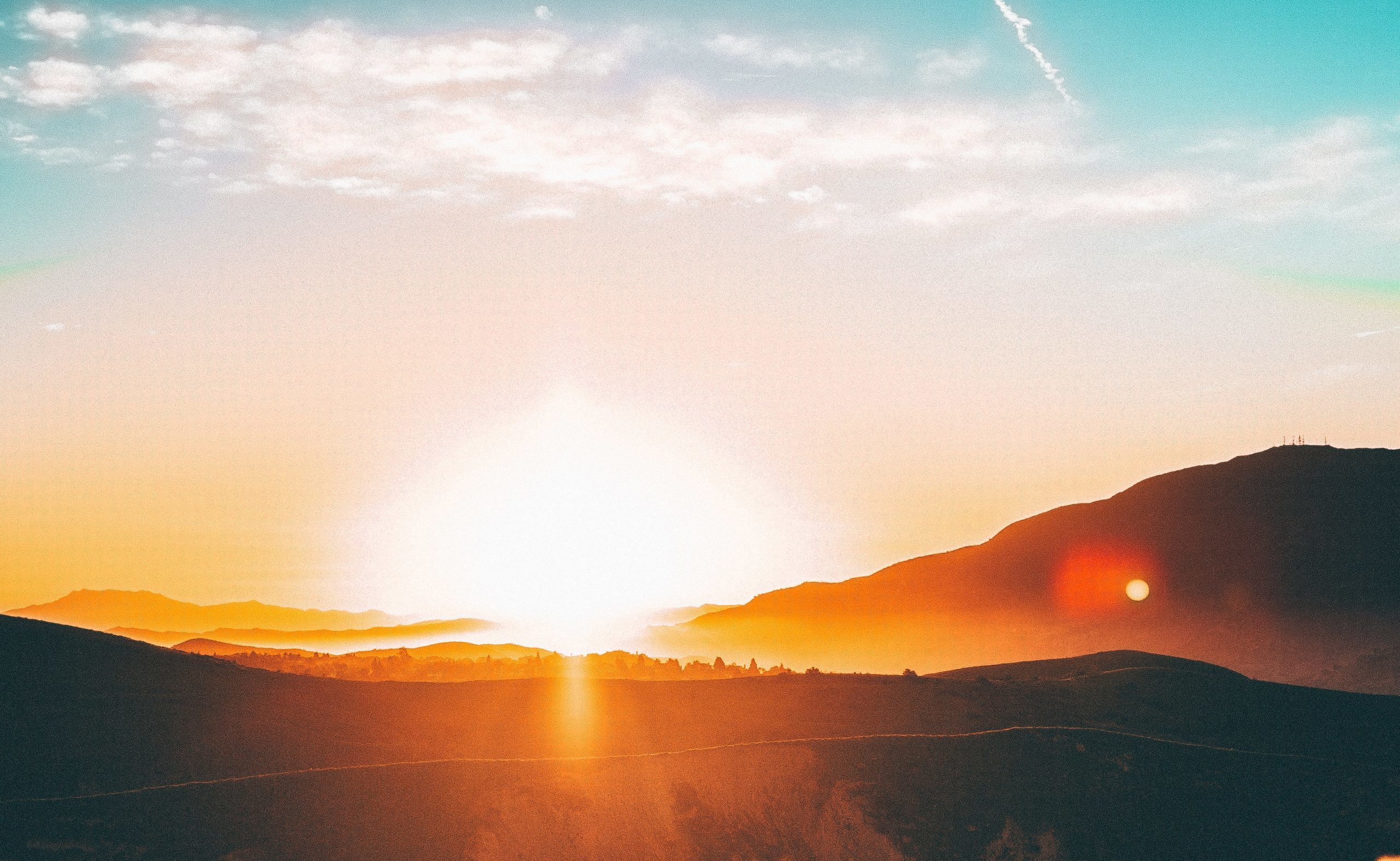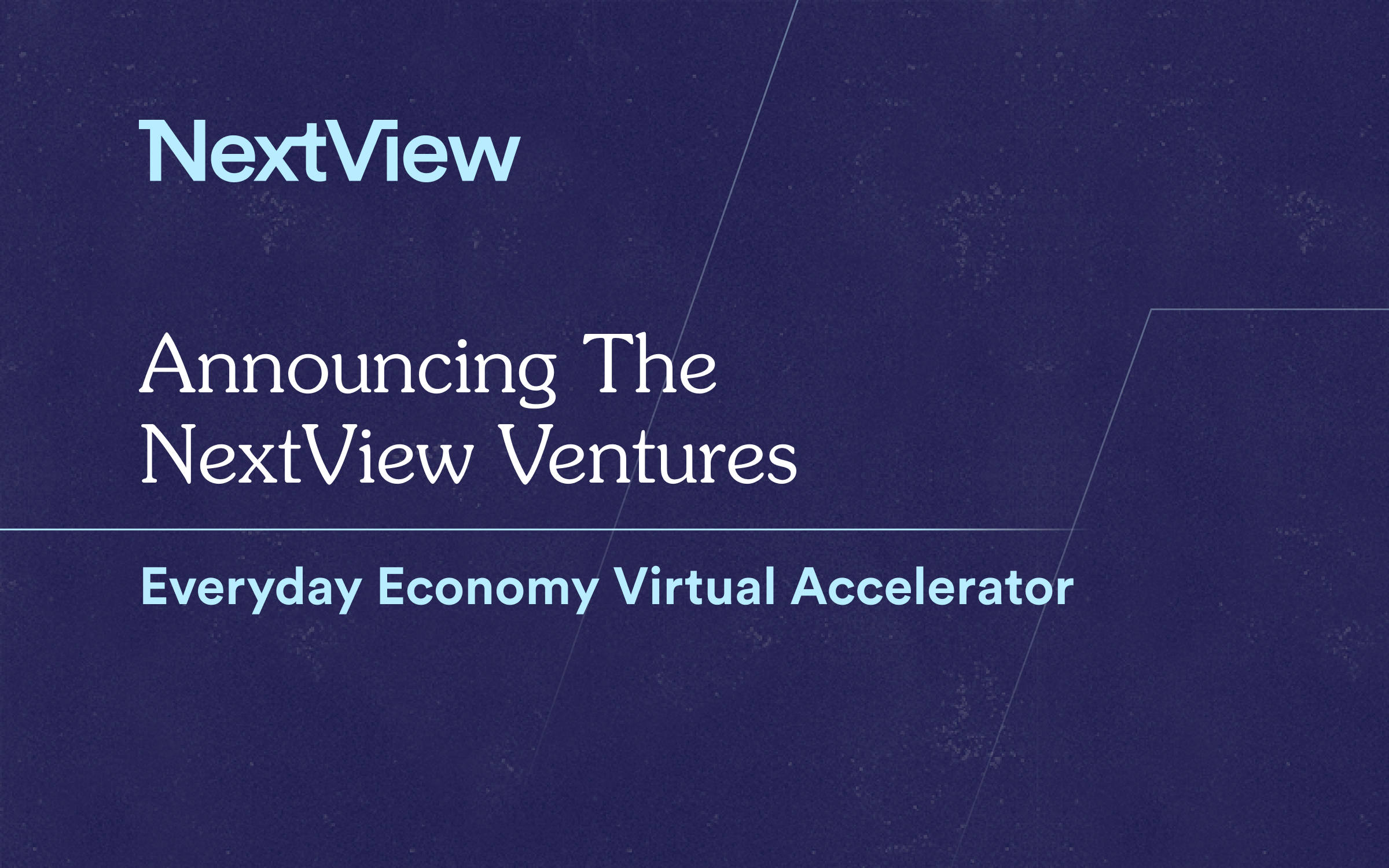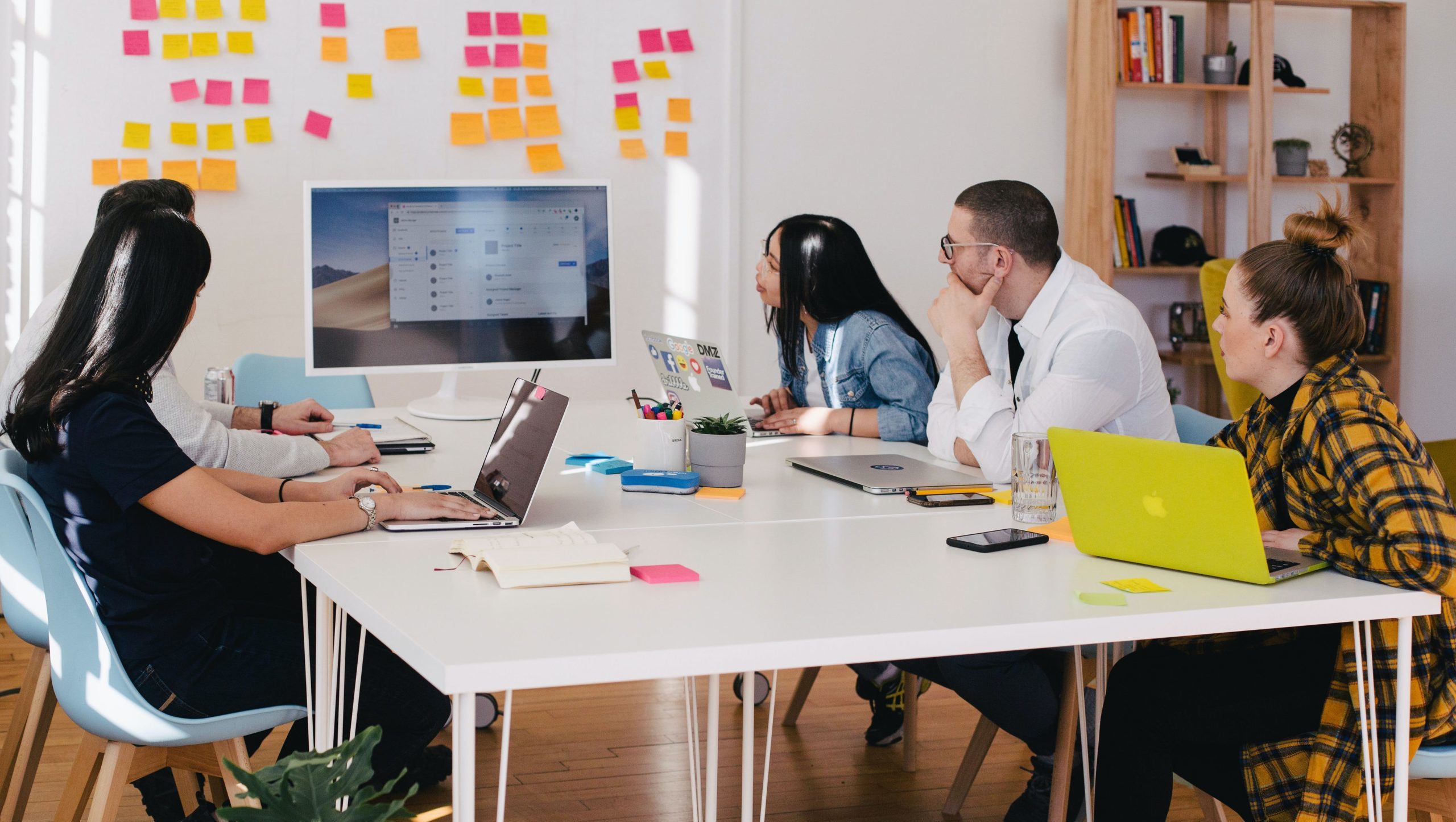


How We are Investing Through The Covid Correction
In a period of uncertainty, the easiest thing to do as a VC is to be paralyzed by fear and do nothing. We can stay busy by expending time and effort supporting the existing portfolio, which is the right thing to do and a good use of time. But when it comes to new investments, the path of least resistance is to hang back and see how things play out. Wait and see. As I blogged about a few weeks ago, FOMO (Fear Of Missing Out) is replaced by FOLD (Fear Of Looking Dumb).
Founders do not have this luxury. Most founders are going through hell right now, and that is not going away any time soon. I’m reading letters (public and private) every day from relentless entrepreneurs who have been forced to make some of the hardest decisions of their lives as they fight to keep their companies going. Others are just starting out, but the financial safety net they thought they had from a spouse’s job or highly appreciated stock options has disappeared. Some are staring into the abyss and they know they are not going to get out. This is scary. It’s going to last a while, and it’s going to be incredibly hard. But the courage and leadership I am witnessing each day is inspiring.
For investors and founders, the next several years are going to be very different. Like most VC’s, we’ve been engrossed in helping our portfolio company founders navigate these challenging times while thinking through how we will approach this market going forward. Every few years, we try to distill our strategy for founders so that it is clear how we invest and whether things have changed as the markets have evolved. Trying to be transparent has always been a core value of NextView, and we hope that this will help founders and our co-investors better understand how we intend to operate in the early stage ecosystem in the next several years.
Number of Investments
We believe that it is unwise for VCs to try to time markets or do unnatural things to manage investment pace. Since inception, we have maintained a very consistent strategy of making approximately 10 core investments per year where we are the lead or co-lead. Some years it’s a bit less, some years it is more. We don’t have a quota, but we try not to be unnaturally fast in bullish times nor unnatural slow in bearish times. In all times, we are high-conviction, hands-on investors and make fewer investments on a per-partner basis than pretty much every seed fund in the country.
Stage
Our strategy is to be able to invest across the full spectrum of seed. We are just as comfortable investing the time and energy to be hands-on pre-seed investors writing a $200K check as we are leading a post-seed round with a $2M check. However, In our prior fund, our sweet spot was a $2.5-3M institutional seed round. That made up probably 2/3 of our investments, with a number of pre-seeds and a couple post-seeds making up the balance.
Going forward, we believe that our mix within seed investing is likely to change as the most attractive segments of the markets are likely to be on the outer edges of the seed spectrum. The standard $3M seed round will be relatively unattractive and will probably be pretty well served by us and our peers. What will be tougher in this environment will be pre-seeds and seed-extension/second seeds where Fear Of Looking Dumb is the highest.
Pre-seeds will be tougher as investors gravitate more towards proven founders or folks within their existing networks. FOLD will result in narrowing the aperture of founders and companies that get considered, which we think is a lost opportunity. It’s not surprising that YC was founded during a relatively fearful time, which is why we launched our own Everyday Economy Accelerator last week.
Similarly, FOLD has always held seed investors back from doing second seed or late seed investments for fear that they are being suckered into something that others have already passed on. But in this current environment more than ever, there will be some spectacular companies that are getting built that need a bit more seed capital to shore up their product or growth engine prior to a scaling series A (or perhaps as a last step before profitable long term growth).
Our expectation is that over the next several years, 40% of our investments will be in pre-seeds, 40% will be in second seeds, and 20% will look like traditional institutional seed rounds.
Process
In terms of process, we are embracing the reality of life where in-person meetings and travel are going to be more difficult. We have, and will continue to make investments even when in-person meetings are impossible. Practically, this will probably mean a slightly larger number of touchpoints via virtual communication and more thorough reference checking. But it’s not like we are going to do 2-3x the number of meetings. It’s a pet peeve of ours when other investors have a meandering process with our portfolio companies with multiple versions of the “let’s walk through the deck again” meetings.
We believe that with focus and diligence, companies can be evaluated and rapport with founders can be built in an efficient time frame. Before and after Covid, we aspire to be a few days to a “no” and a few weeks to get to “yes”. We still do value the human connection immensely, and so when F2F meetings can be resumed, we’ll continue to be quick to hop in the car, planes, or trains to establish rapport with founders in person.
Themes
Thematically, we are doubling down on our focus on the Everyday Economy. We are more convinced than ever that the combination of software and entrepreneurial creativity is driving unprecedented change in the everyday lives of everyday people. We also have conviction that founders and investors have agency in the outcomes that technology will produce, and that how we direct this force will be the legacy of our generation.
Our mantra is to “design the future we want to live in”, and so we pursue themes along these lines like “healthy living”, “economic access”, and “conversational and voice computing”. We invest in both B2B and consumer companies that aspire to shape the lives of millions of mass market end users. In some cases, the Covid crisis will accelerate this, in areas such as telemedicine, digital education and training, and remote collaboration. We’ll also invest in other wacky stuff that we can’t predict as well.
So that’s our plan. Again, we feel incredibly grateful to engage in this kind of work and to even consider plans like these. In particular, we feel deeply indebted to those who are working tirelessly on the front lines of this current crisis, and the founders, employees, and everyday workers who are holding things together with all their might so that something resembling normalcy will be able to resume one day soon.
The next few years will be incredibly tough, but we believe that it will also be one of the most fruitful periods of entrepreneurial creativity we will see in our careers. We look forward to partnering together to make that happen.
Rob, Dave, Lee, and Melody





